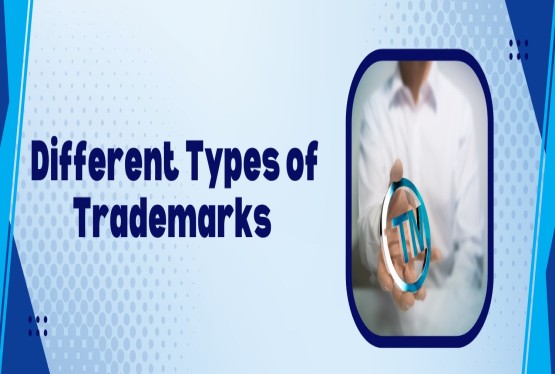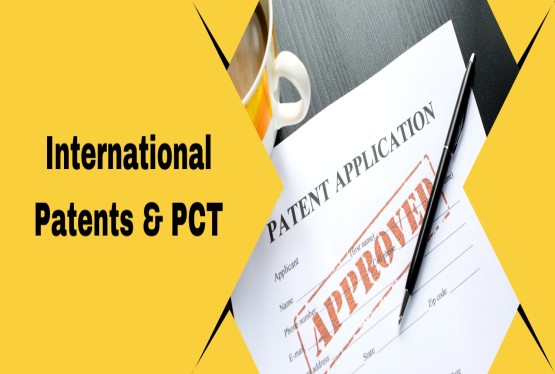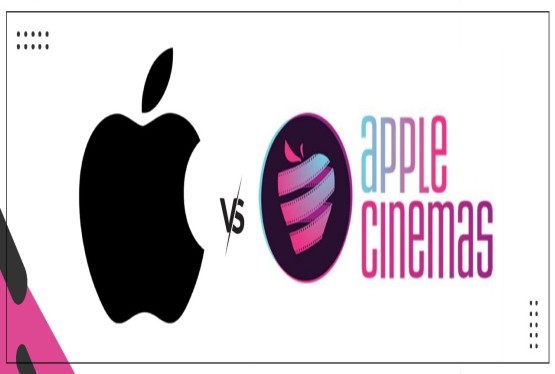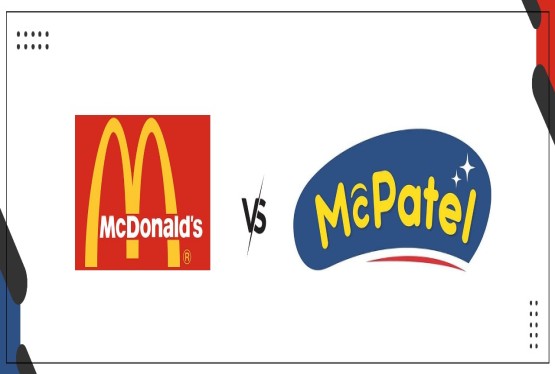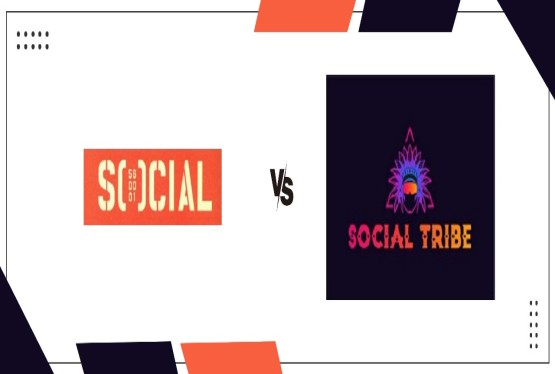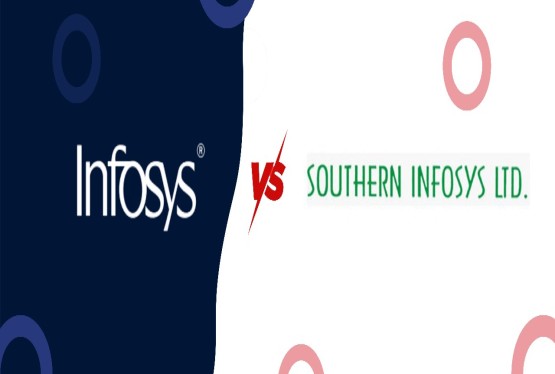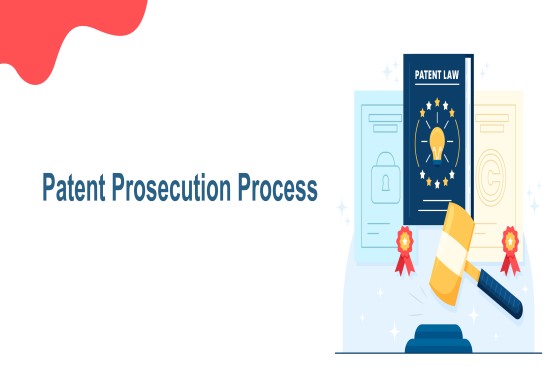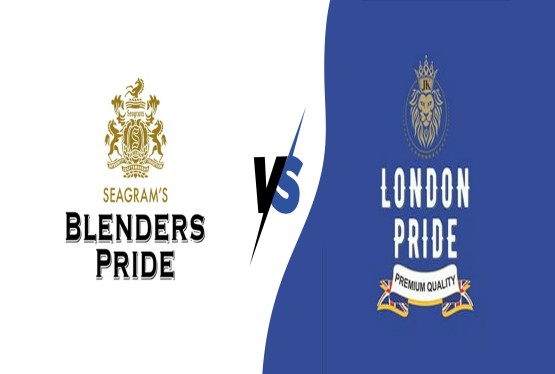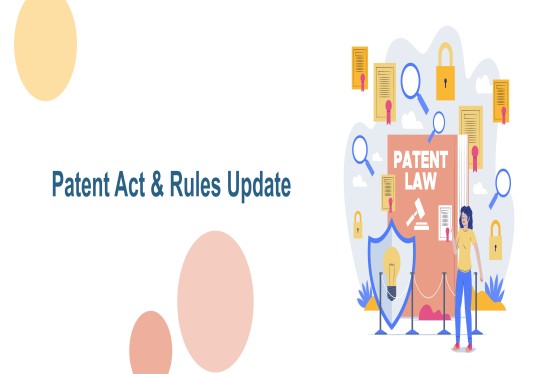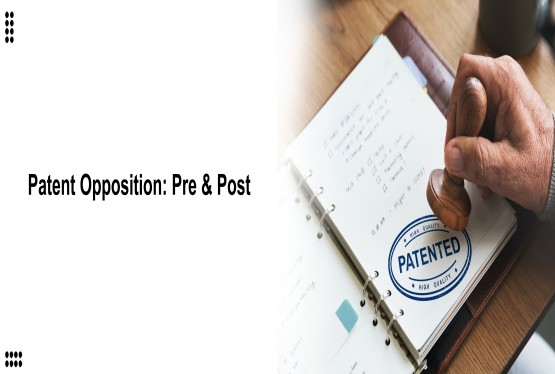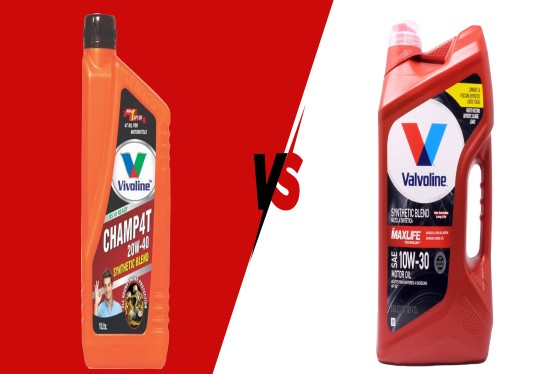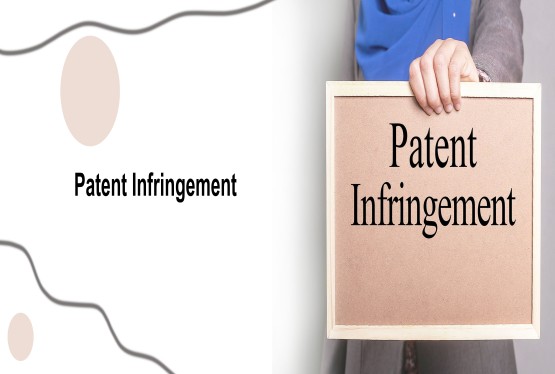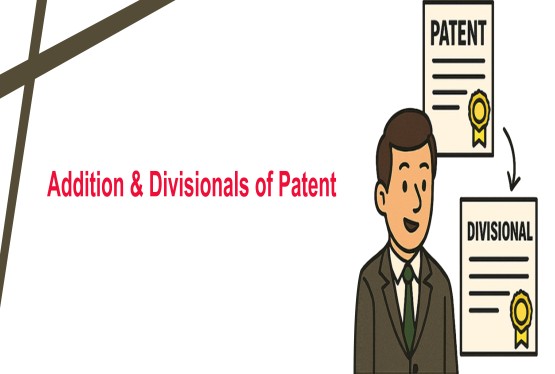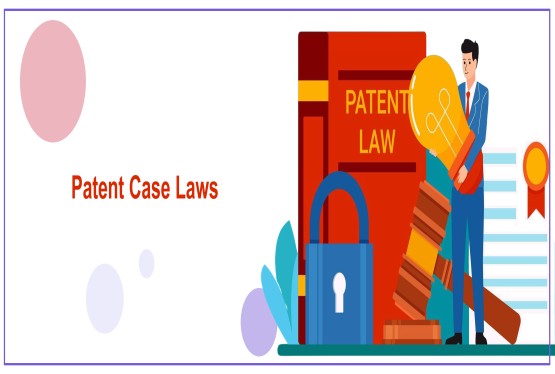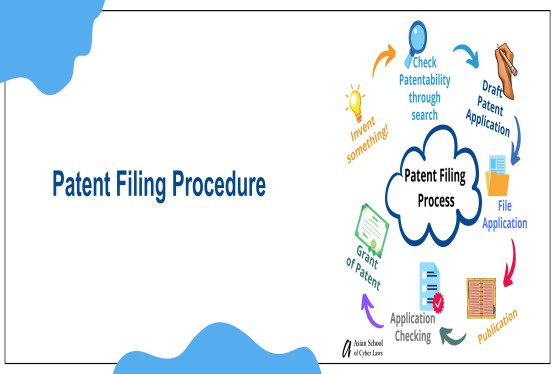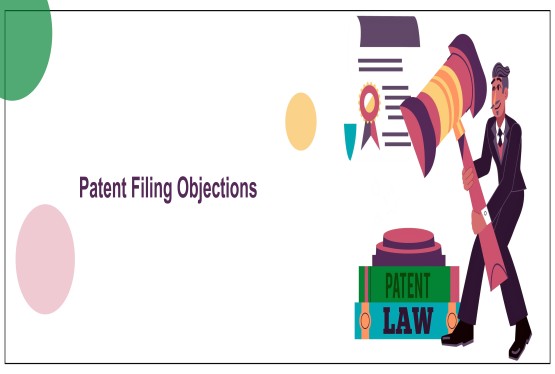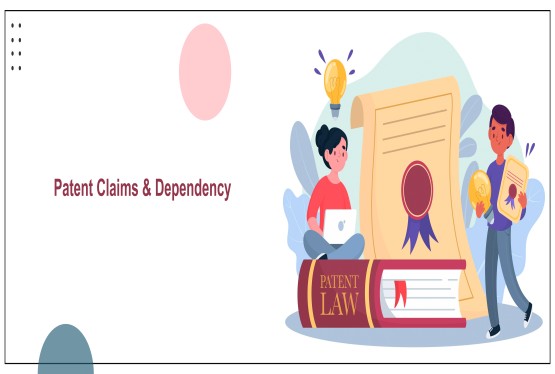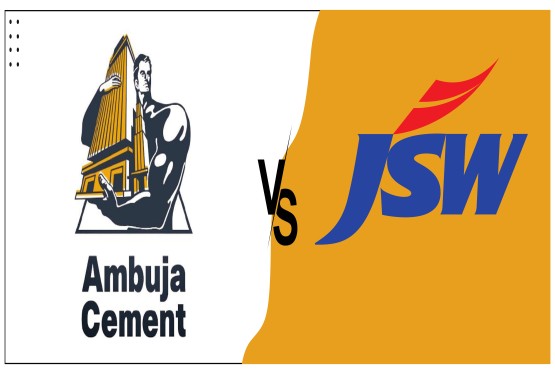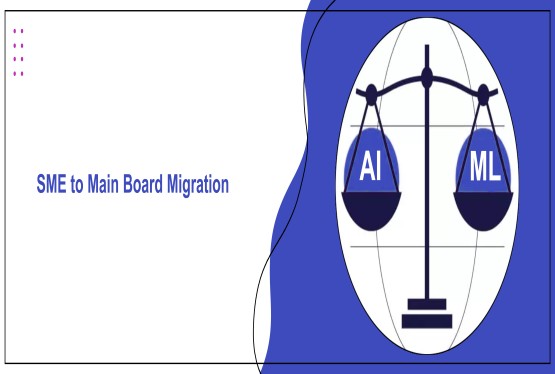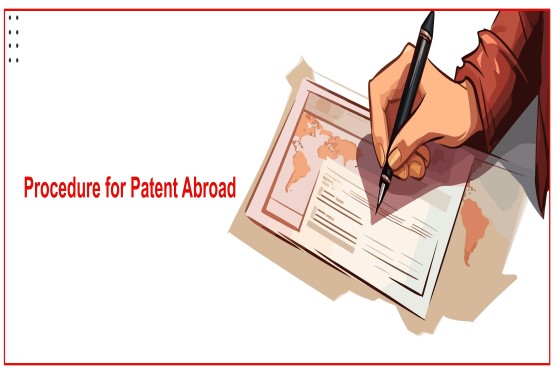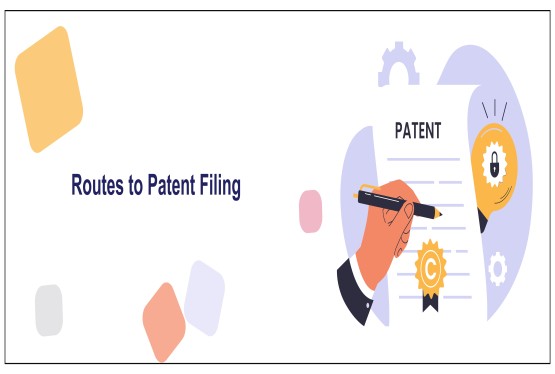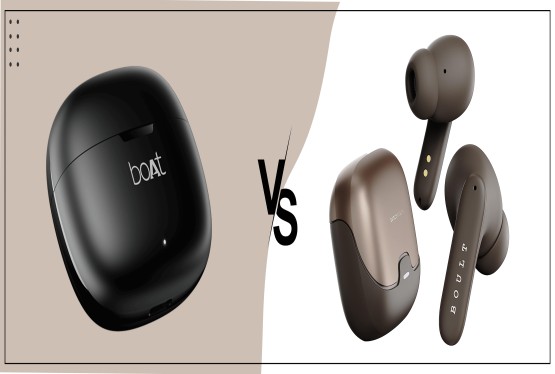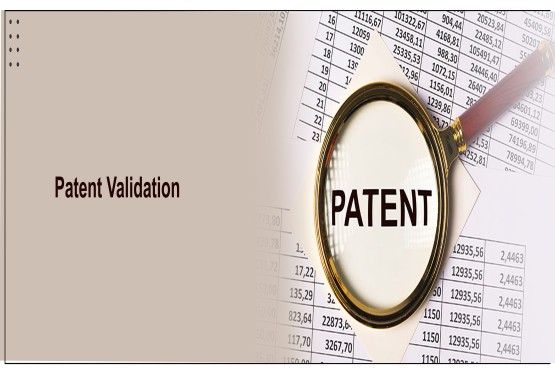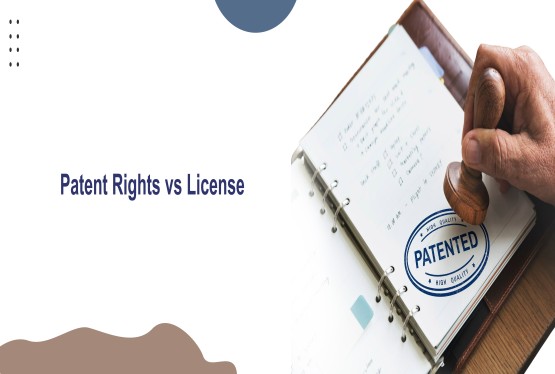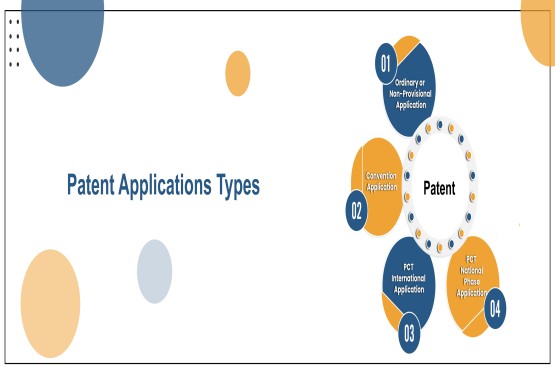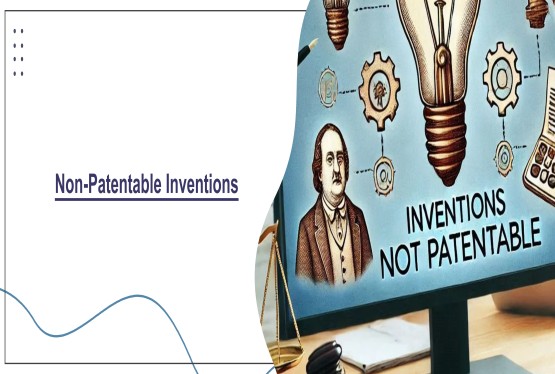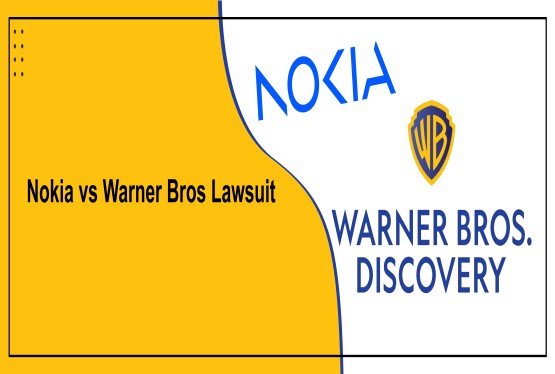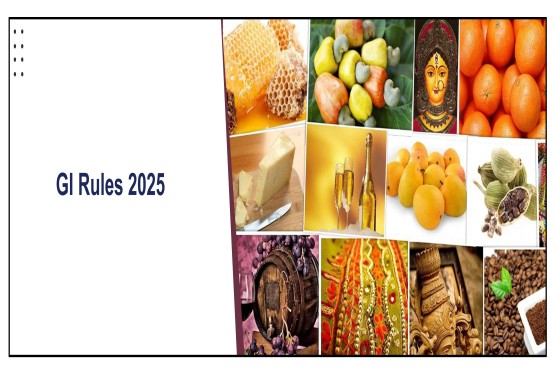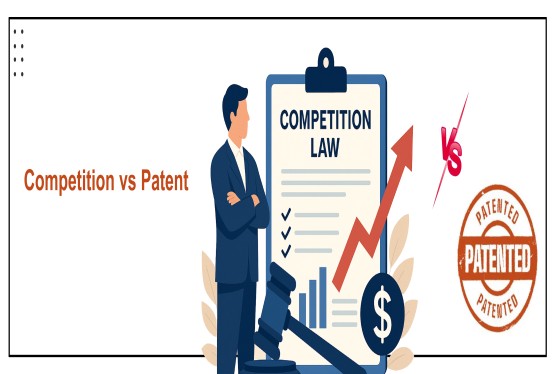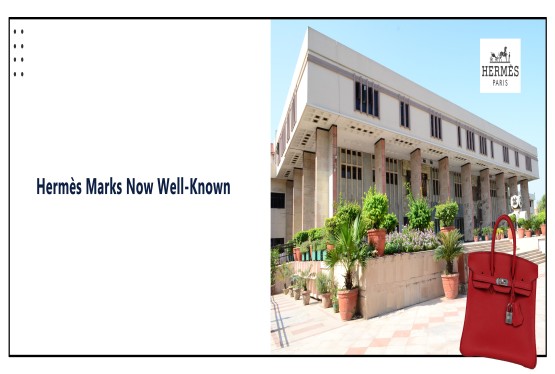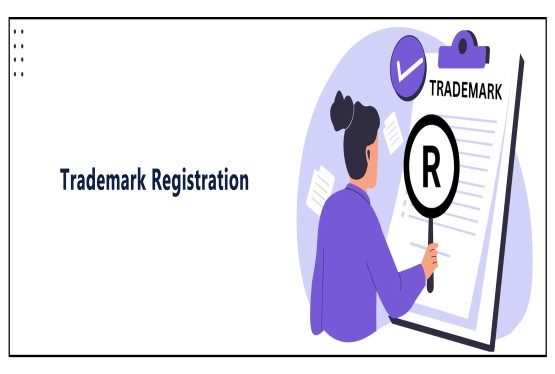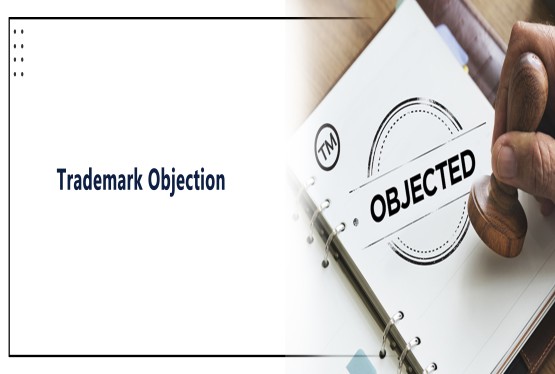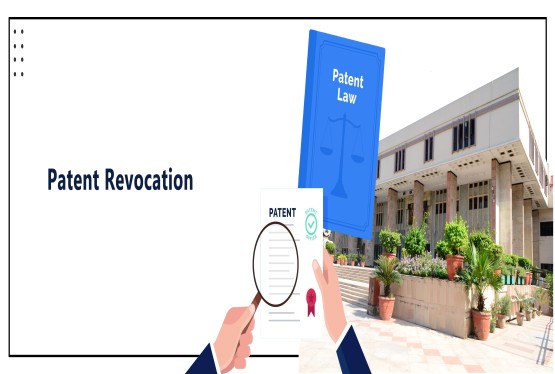Apple Inc. v. Samsung Electronics Co. (2012): Landmark Case in Patent Infringement Law
The case of Apple Inc. v. Samsung Electronics Co. (2012) is one of the most notable legal battles in intellectual property law, primarily revolving around patent registration, patent infringement, trade dress, and design rights. The high-profile litigation highlighted the complex intersection of innovation, competition, and intellectual property rights, setting a precedent for future disputes in the technology sector. The case also underscores the importance of comprehensive processes, such as an Indian patent search, to evaluate existing patents and avoid potential conflicts in global markets.
Background of the Case
Apple Inc., a leading technology company, filed a lawsuit against Samsung Electronics in April 2011, alleging that Samsung had infringed upon several of Apple's patents related to the design and functionality of its flagship product, the iPhone. Apple accused Samsung of copying the "look and feel" of the iPhone and iPad in its Galaxy line of smartphones and tablets. The design elements in question included rounded corners, bezels, icon grid arrangements, and the use of a rectangular screen.
Samsung countered by filing its own lawsuits against Apple in various jurisdictions, alleging that Apple had infringed on its wireless communication technology patents. The legal battle quickly expanded to courts worldwide, including the United States, South Korea, Germany, Japan, and Australia. However, the trial in the United States District Court for the Northern District of California gained the most attention and became a pivotal case in intellectual property law.
Legal Issues
The case centered on three primary legal issues:
1. Design Patent Infringement- Apple accused Samsung of violating several design patents, including:
-
D618,677: Covering the black, rectangular front face of the iPhone with rounded corners.
-
D593,087: Pertaining to the iPhone's bezel.
-
D604,305: Protecting the graphical user interface (GUI) for displaying applications on a grid of rounded square icons.
2. Utility Patent Infringement- Apple also claimed that Samsung infringed on utility patents, which covered the "pinch-to-zoom" and "bounce-back" features of its devices. These patents were crucial to the iPhone's usability and user experience.
3. Trade Dress Infringement- Apple alleged that Samsung copied its trade dress, which refers to the visual appearance of a product that signifies its source to consumers. Apple argued that Samsung's Galaxy devices caused confusion among consumers due to their similarity to Apple's products.
The Trial
The trial began on July 30, 2012, and lasted until August 24, 2012, under Judge Lucy Koh. Both parties presented extensive evidence, including design sketches, emails, and internal communications, to support their claims.
Apple’s Arguments
Apple contended that Samsung had intentionally copied its designs to gain a competitive advantage in the smartphone market. Apple argued that Samsung's Galaxy devices mimicked the iPhone's distinctive design features, leading to consumer confusion. Apple relied heavily on its design patents and trade dress claims, emphasizing the uniqueness and aesthetic appeal of its products.
Samsung’s Defense
Samsung argued that Apple’s patents were overly broad and, in some cases, invalid due to prior art. Samsung also contended that many of the features in question were functional rather than ornamental and, therefore, could not be protected as design patents. Additionally, Samsung accused Apple of using litigation as a strategy to stifle competition.
The Verdict
On August 24, 2012, the jury delivered a verdict largely in favor of Apple. The key findings were as follows:
-
Design Patent Infringement: The jury found that several Samsung devices infringed on Apple's design patents, including D618,677 and D604,305. The court held that Samsung's products closely resembled Apple's designs and that such similarities were likely to cause consumer confusion.
-
Utility Patent Infringement: Samsung was found to have infringed on Apple’s utility patents related to the "bounce-back" and "pinch-to-zoom" features. The jury concluded that these features were innovative and protected under patent law.
-
Trade Dress Infringement: The jury ruled that Samsung had diluted Apple’s trade dress by creating products that looked and felt like the iPhone and iPad. However, not all of Apple’s trade dress claims were upheld, as the jury found that some elements were functional rather than purely aesthetic.
-
Damages: Samsung was ordered to pay Apple $1.05 billion in damages for patent infringement. This was one of the largest monetary awards in a patent infringement case at the time.
Post-Verdict Developments
Samsung appealed the decision, leading to several years of legal wrangling. Key developments included:
1. Appeals and Revisions: In 2015, the U.S. Court of Appeals for the Federal Circuit reversed some of the jury's findings, particularly regarding trade dress infringement, ruling that Apple’s trade dress claims were functional and not eligible for protection.
2. Supreme Court Decision: In 2016, the case reached the United States Supreme Court. The Court addressed the issue of damages calculation, focusing on whether damages for design patent infringement should be based on the total profits of the infringing product or only the infringing components. The Court ruled in favor of Samsung, remanding the case to lower courts to determine appropriate damages.
3. Settlement: In 2018, Apple and Samsung finally reached a settlement, ending the prolonged litigation. While the terms of the settlement were not disclosed, the case served as a landmark in intellectual property law.
Significance of the Case
The Apple v. Samsung case had far-reaching implications for the technology industry, intellectual property law, and global competition.
1. Design Patent Protection: The case underscored the importance of design patents in protecting the aesthetic elements of products. It highlighted the value of innovative design in distinguishing products in a competitive market.
2. Global IP Disputes: The litigation demonstrated the complexities of enforcing intellectual property rights in a globalized market. The case involved multiple jurisdictions, each with its own legal standards and procedures, making it a global legal battle.
3. Innovation vs. Competition: The case reignited the debate over the balance between protecting intellectual property and fostering healthy competition. Critics argued that overly broad patents could stifle innovation, while proponents emphasized the need to protect the investments of innovators.
4. Damages Calculation: The Supreme Court's decision on damages calculation set a precedent for how courts should assess damages in design patent cases, influencing future litigation in this area.
Case Law and Statutory References
1. U.S. Design Patent Law
-
35 U.S.C. § 171: Governs the protection of design patents in the United States.
-
35 U.S.C. § 289: Addresses damages for design patent infringement, which became a pivotal issue in this case.
2. Lanham Act (15 U.S.C. § 1125)
- Governs trade dress protection in the United States, requiring distinctiveness and non-functionality for trade dress claims.
3. Relevant Case Law
-
Egyptian Goddess, Inc. v. Swisa, Inc. (2008): Established the “ordinary observer” test for design patent infringement.
-
Graham v. John Deere Co. (1966): Provided guidelines for determining the obviousness of patents.
Conclusion
The Apple Inc. v. Samsung Electronics Co. (2012) case is a landmark in intellectual property law, setting significant precedents for patent and trade dress protection. While Apple emerged victorious in the initial trial, the subsequent appeals and the eventual Supreme Court ruling demonstrated the complexity of intellectual property litigation, particularly in the technology sector. The case highlighted the need for a balanced approach to protecting innovation while ensuring fair competition in the marketplace. As technology continues to evolve, the principles established in this case will undoubtedly shape the future of intellectual property law.
Frequently Asked Questions
Q1. What were the main legal issues in the Apple v. Samsung case?
Ans. The Apple v. Samsung case centered on several key legal issues. Firstly, Apple accused Samsung of infringing on its design patents related to the iPhone's distinctive appearance, including its rounded corners, bezel, and icon grid. Secondly, Apple claimed that Samsung infringed on its utility patents, such as those covering the "pinch-to-zoom" and "bounce-back" features. Finally, Apple alleged that Samsung's Galaxy devices copied the overall "look and feel" of the iPhone, confusing consumers, thereby infringing on Apple's trade dress.
Q2. What was the outcome of the initial trial?
Ans. The initial trial largely favored Apple. The jury found Samsung liable for infringing on Apple's design patents and utility patents. They also found that Samsung had diluted Apple's trade dress through the design and marketing of their Galaxy devices. As a result, Samsung was ordered to pay Apple a substantial sum in damages.
Q3. How did the case evolve after the initial verdict?
Ans. Following the initial verdict, the case underwent several appeals. The Federal Circuit reversed some of the jury's findings, particularly regarding trade dress infringement, ruling that certain aspects of Apple's claimed trade dress were functional and therefore not eligible for protection. The case ultimately reached the Supreme Court, which addressed the issue of damages calculation in design patent infringement cases. After years of legal battles, Apple and Samsung finally reached a settlement, bringing the long-standing dispute to an end.
Q4. What are the key takeaways from the Apple v. Samsung case?
Ans. The Apple v. Samsung case has significant implications for intellectual property law. It underscored the importance of design patents in protecting the aesthetic elements of innovative products. The case also highlighted the challenges of enforcing intellectual property rights in a globalized market, where complex legal issues and varying jurisdictional standards can complicate litigation. Furthermore, it reignited the ongoing debate about the balance between protecting intellectual property and fostering healthy competition within the technology sector.
Q5. How did this case impact intellectual property law?
Ans. The Apple v. Samsung case has had a profound impact on intellectual property law. It served as a landmark case, setting precedents in areas such as design patent infringement, trade dress protection, and the calculation of damages in intellectual property disputes. The Supreme Court's ruling on damages in particular has significantly influenced how courts assess damages in design patent infringement cases. This case continues to shape the legal landscape for future disputes in the technology sector and beyond.






























_(b)_of_the_Trademark_Act,_1999_(1)_crop10_thumb.jpg)



_crop10_thumb.jpg)




























_crop10_thumb.jpg)
_crop10_thumb.jpg)






_crop10_thumb.jpg)








_crop10_thumb.jpg)



_crop10_thumb.jpg)





























_crop10_thumb.jpg)

















_crop10_thumb.jpg)






_crop10_thumb.jpg)











































































































































_crop10_thumb.jpg)




































_crop10_thumb.jpg)












_crop10_thumb.jpg)















































_crop10_thumb.jpg)


















